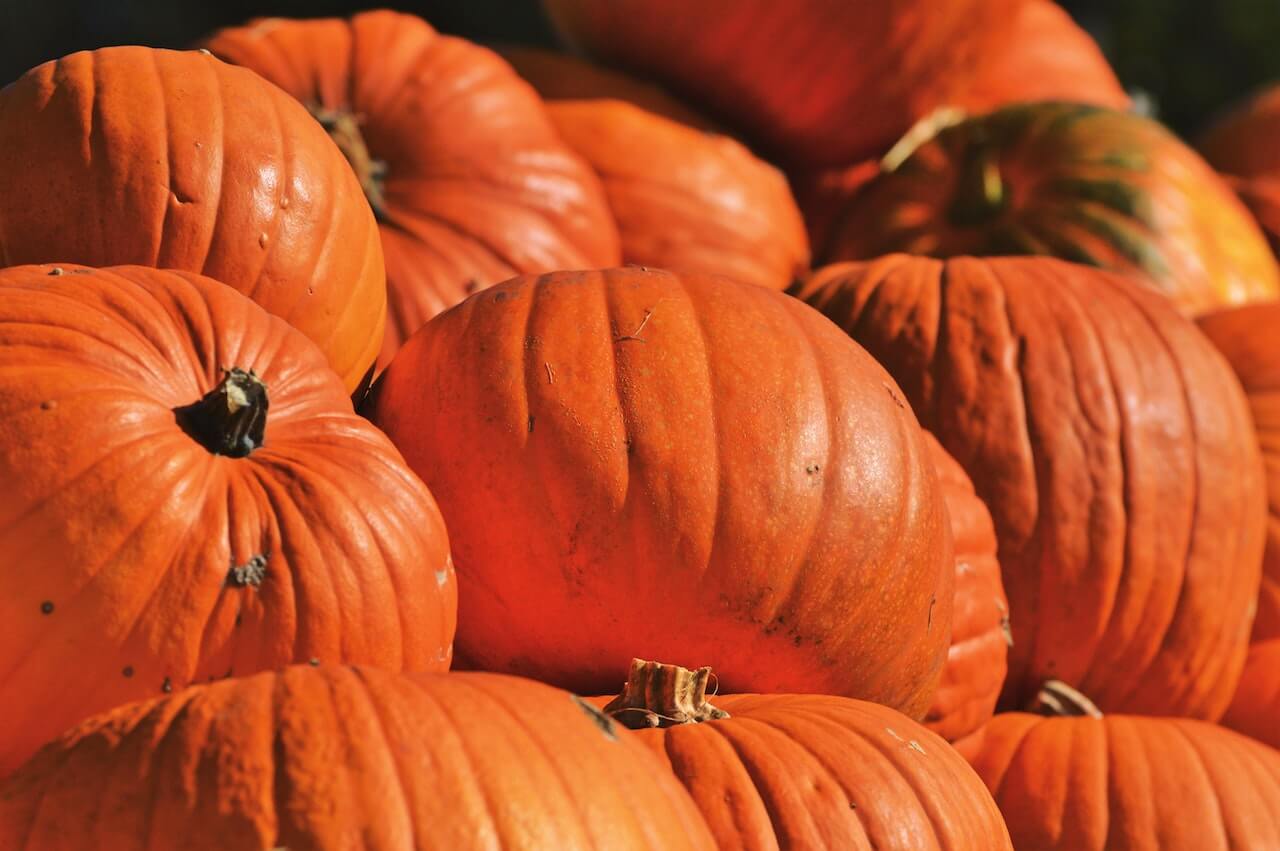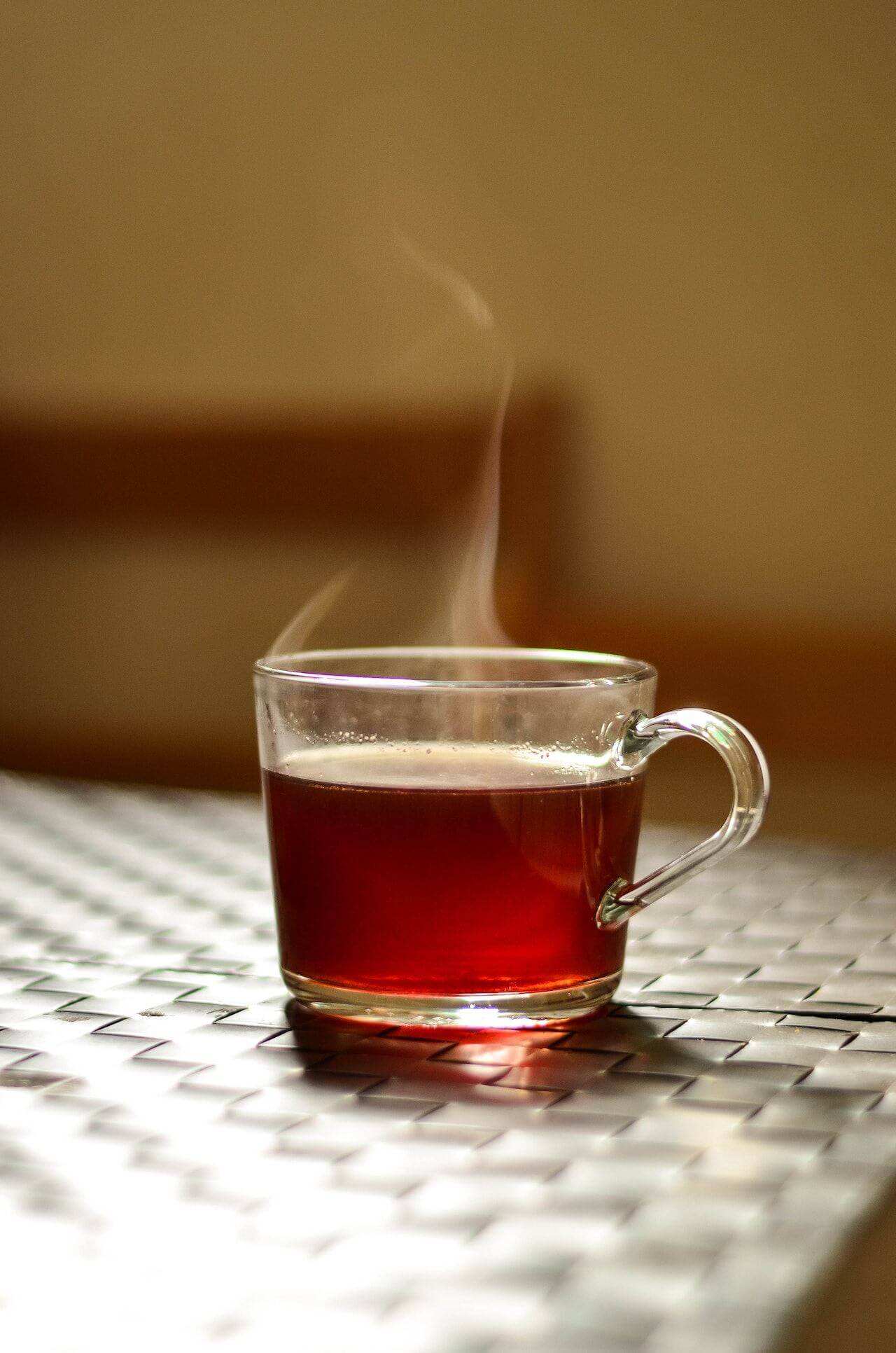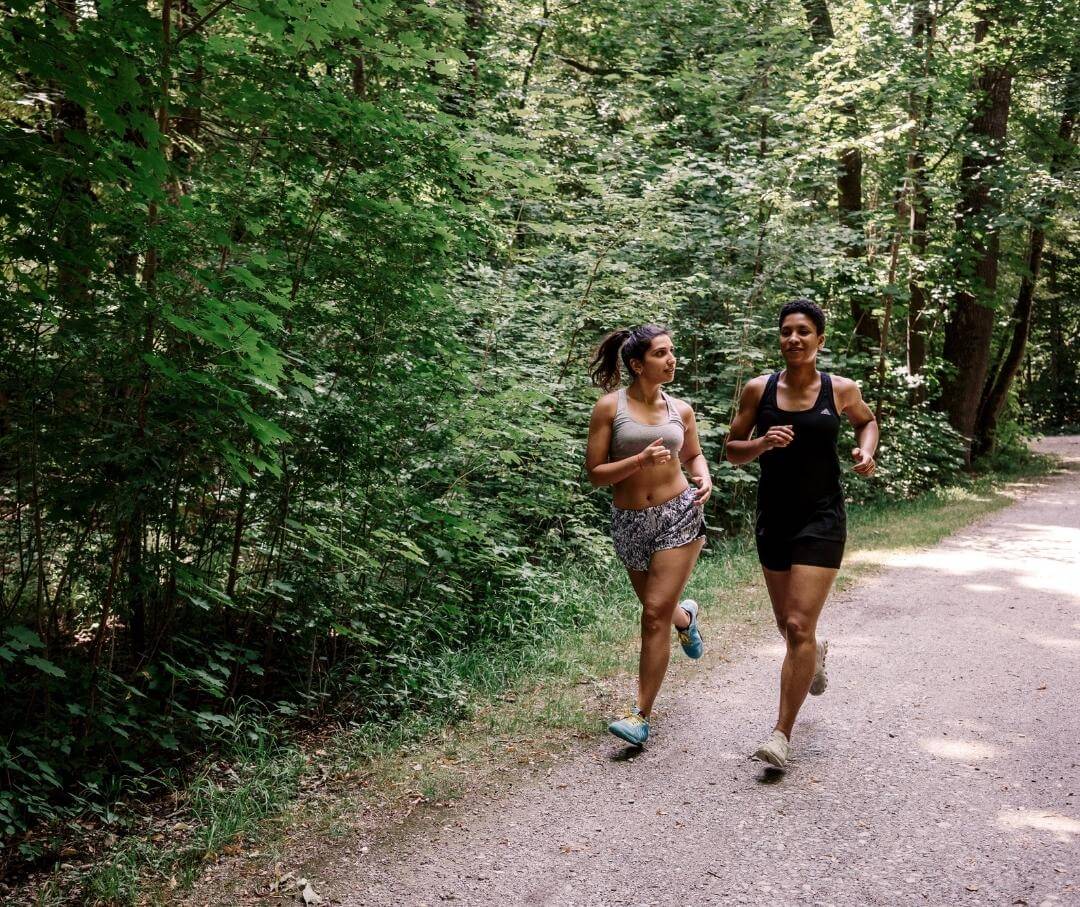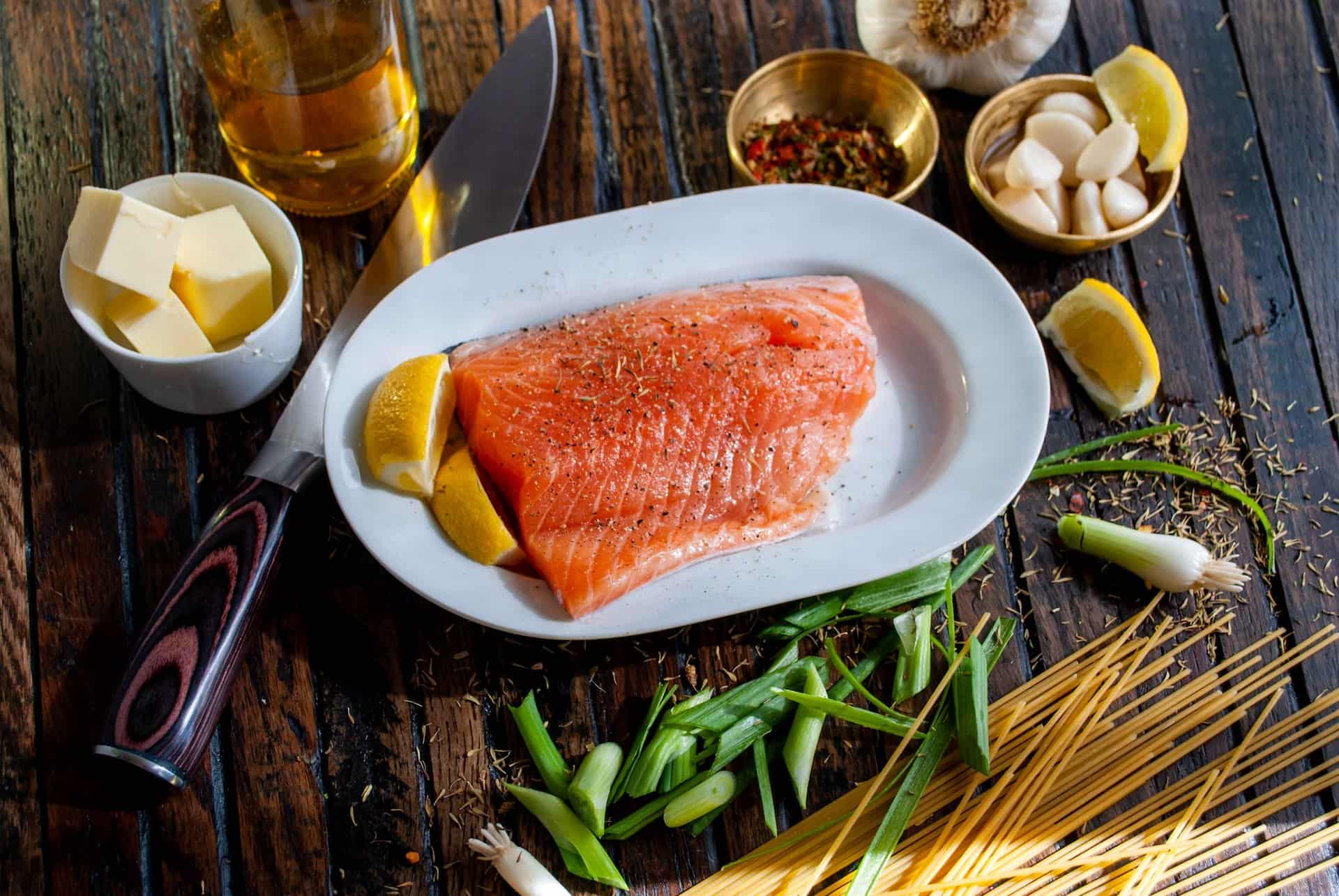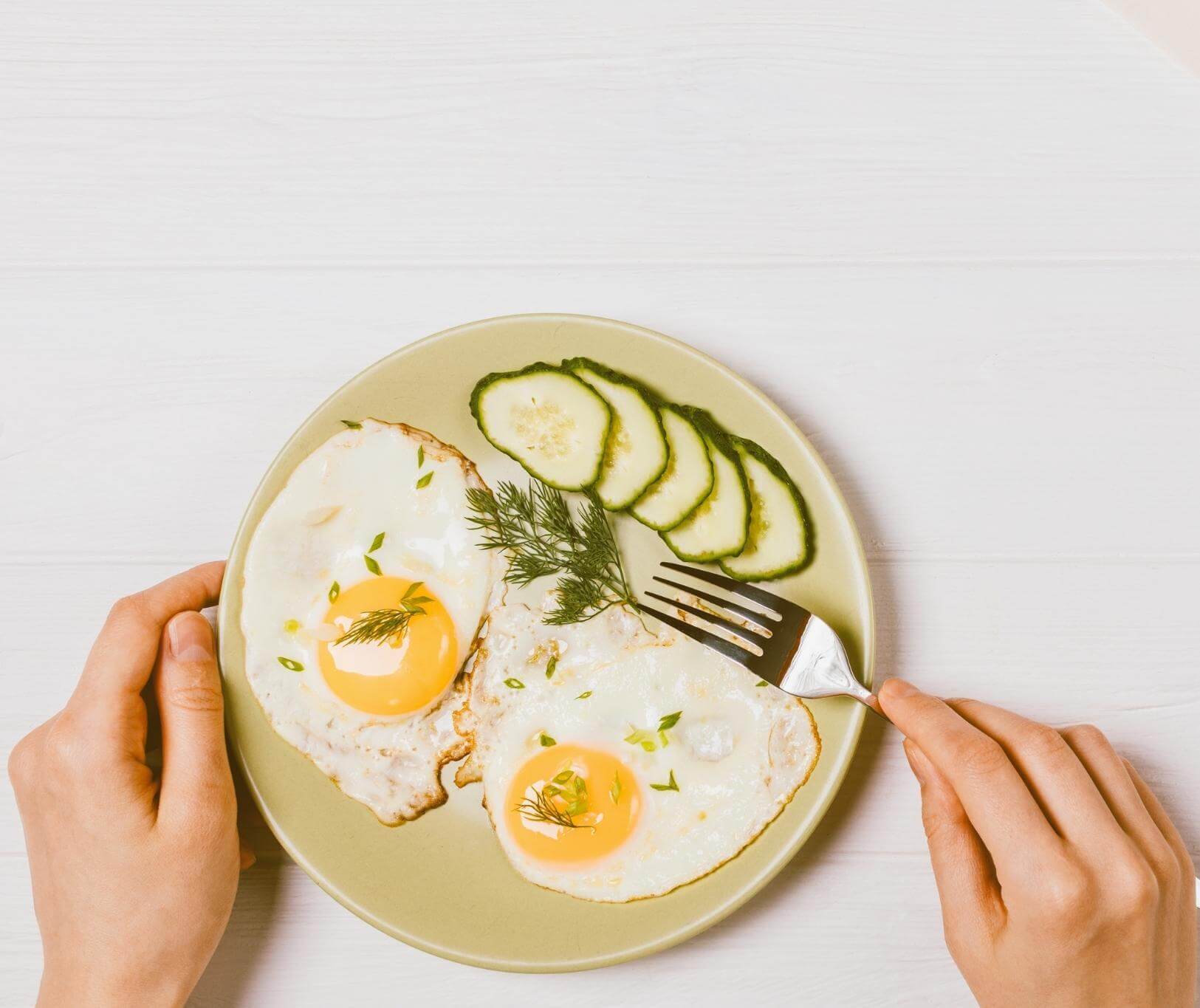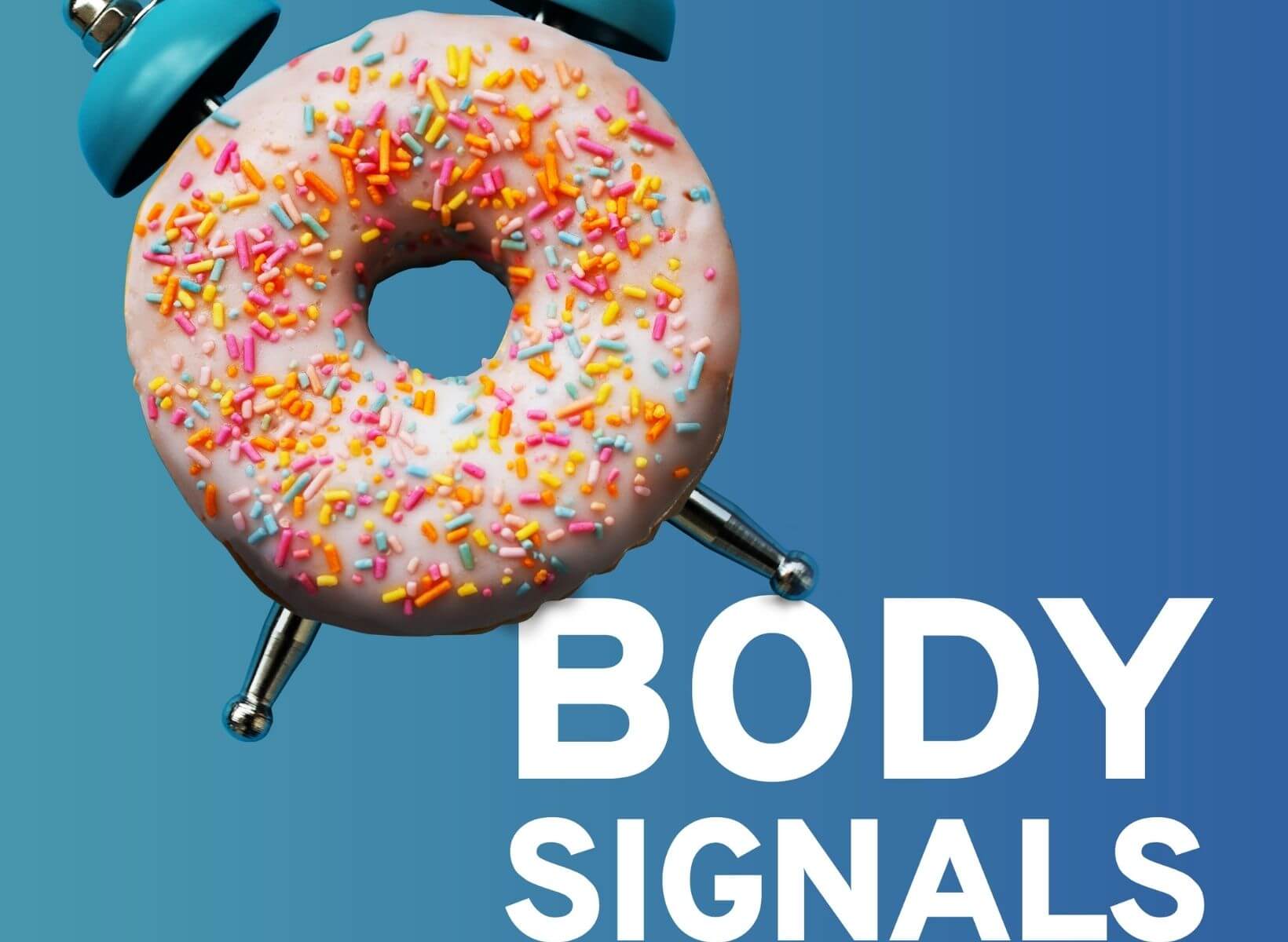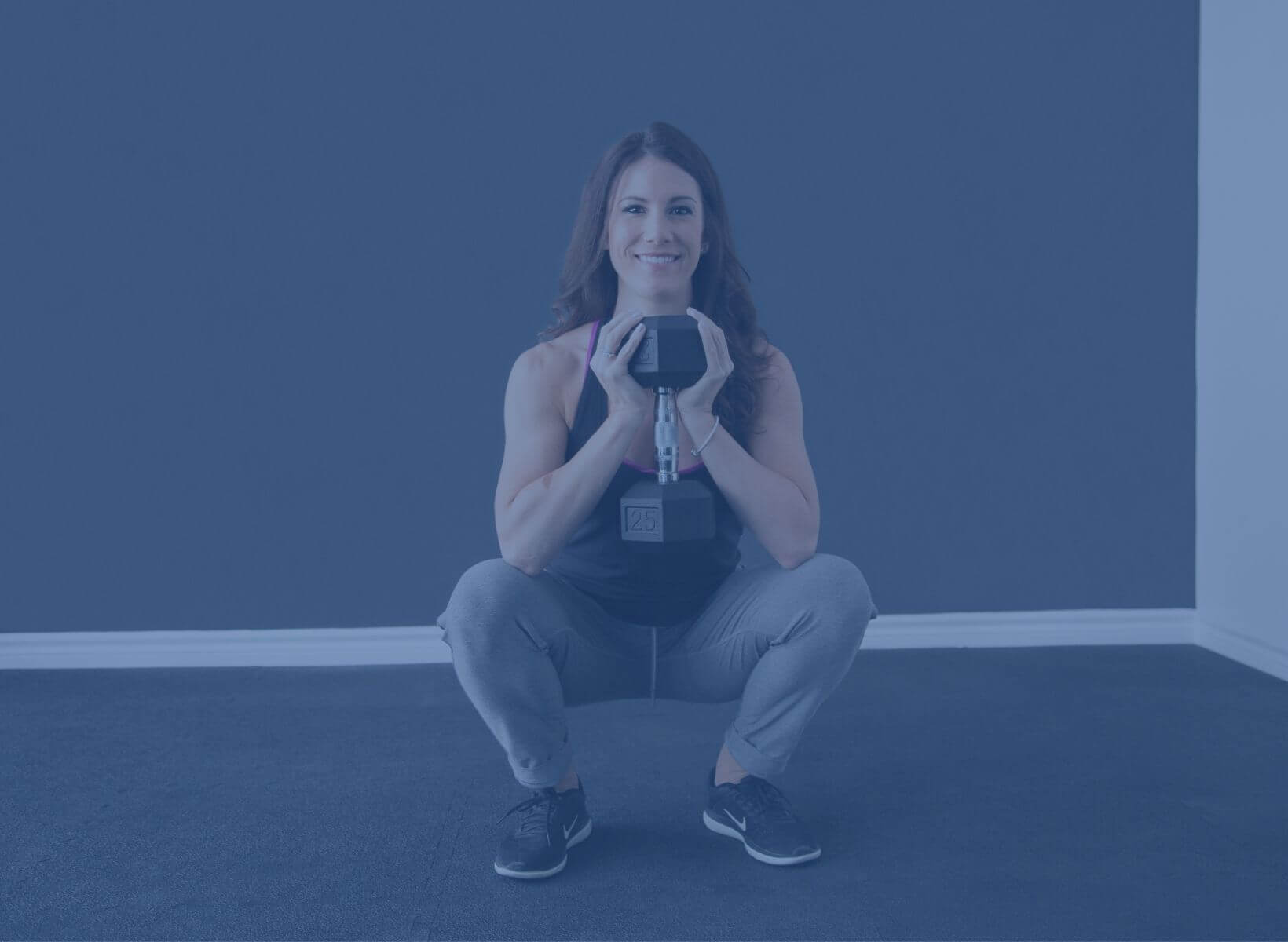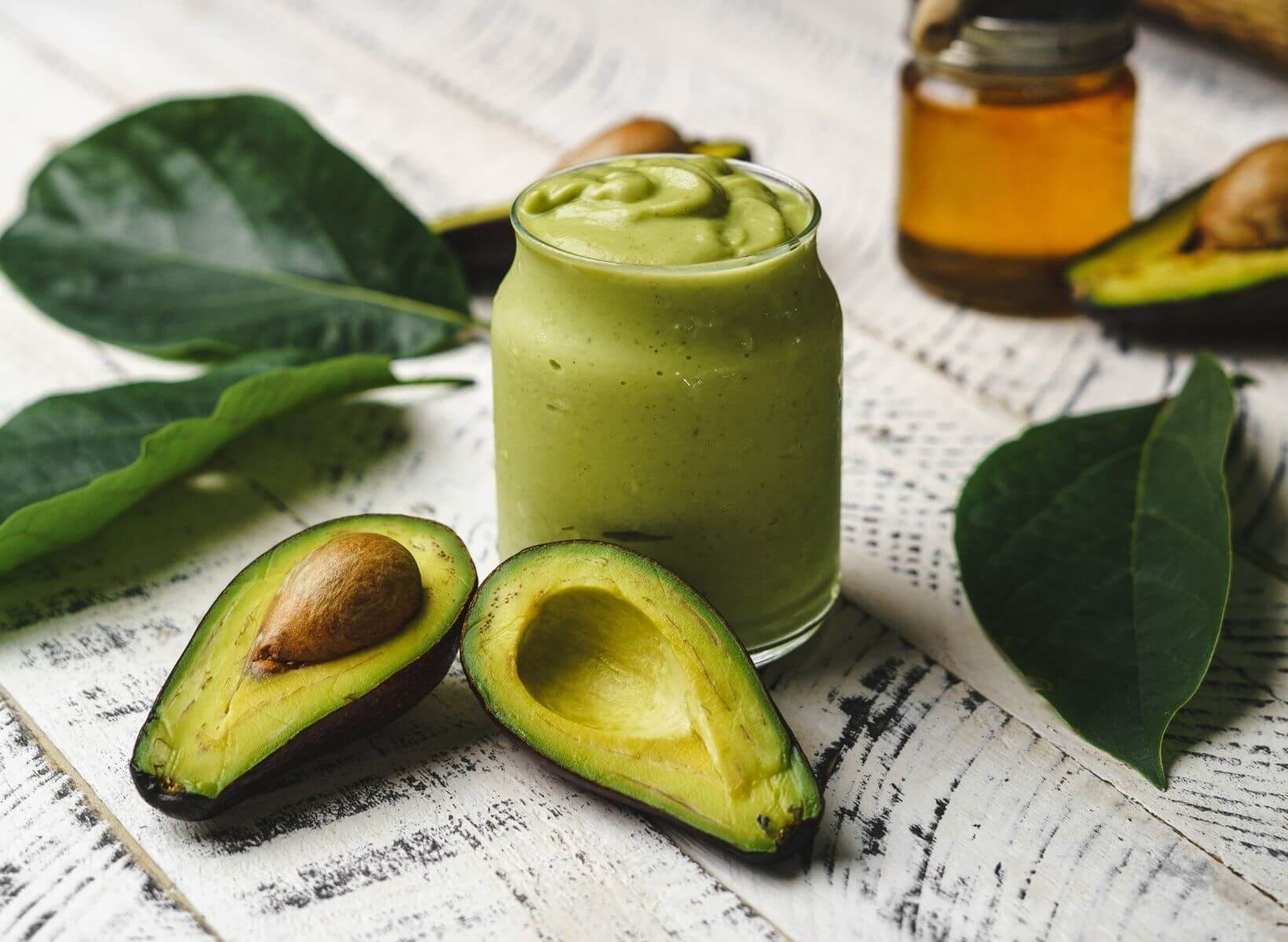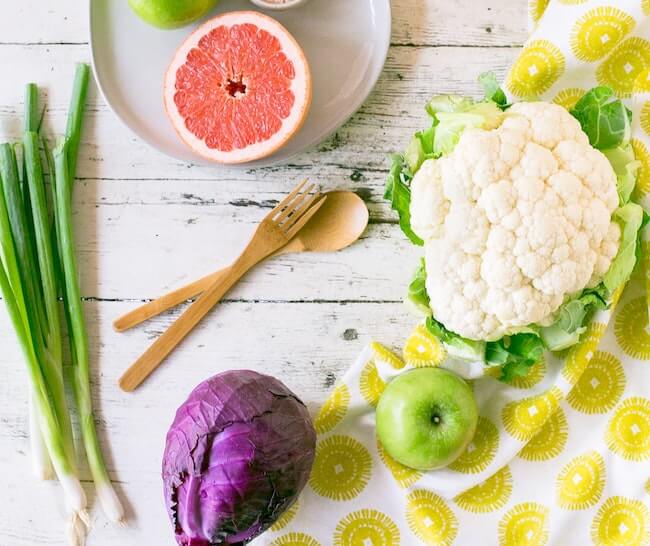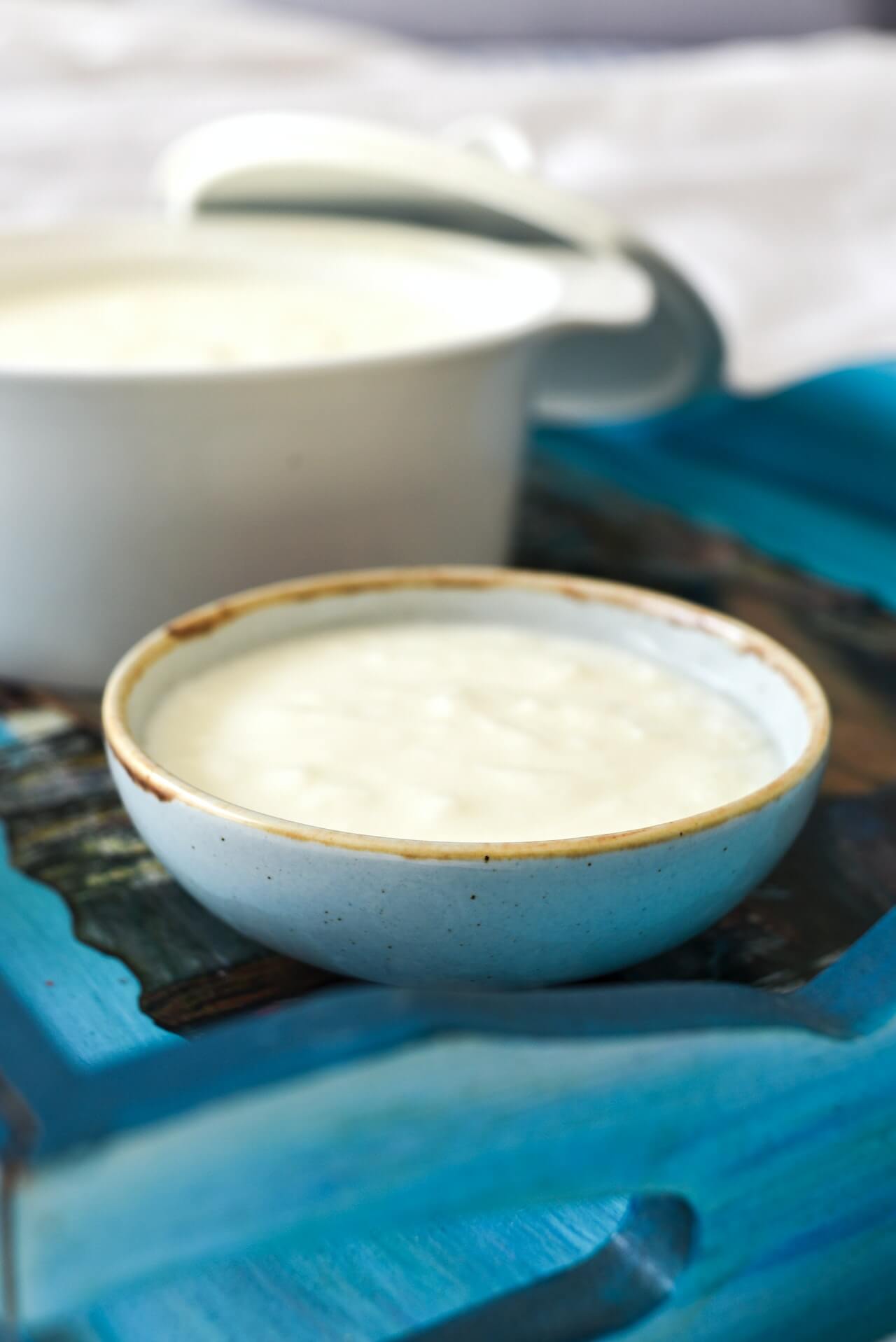Pumpkin seeds, also known as pepitas, aren't just a snack; they're a versatile ingredient capable of transforming your meals and boosting your nutrient intake. They are packed full of important nutrients, plus there are many delicious ways to enjoy them.
Pumpkin seeds aren’t just for Halloween. You can eat pumpkin seeds year-round and can reap numerous health benefits by doing so. Keep reading for eight delicious ideas for how to eat pumpkin seeds, and learn why they’re so good for your health.
{{mid-cta}}
What Are Pumpkin Seeds?
Pumpkin seeds are the edible treasures found within the hulls of pumpkins. These small, flat, oval-shaped seeds have been savored for millennia due to their unique flavor and nutritional benefits.
Archaeologists discovered the oldest domesticated pumpkin seeds in the Oaxaca Highlands of Mexico. Pumpkins are believed to have originated in Central America over 7,500 years ago.1
Pumpkin seeds are a nutritional powerhouse, offering a wealth of essential vitamins, minerals, and healthy fats.
Pumpkin seeds contain essential minerals such as magnesium, manganese, phosphorus, and iron. They are also rich in vitamins and antioxidants, including vitamin E and certain B vitamins.2
Pumpkins also contain significant heart-healthy fats, plant-based protein, and dietary fiber.2
The Incredible Health Benefits of Pumpkin Seeds
Pumpkin seeds are packed with nutrients and tons of health benefits that warrant a well-earned spot as part of your healthy diet. Here’s a glimpse into their many health benefits:
Pumpkin seeds are a heart-healthy snack. Their high content of monounsaturated and polyunsaturated fats can help reduce LDL and total cholesterol levels and raise HDL cholesterol. This supports cardiovascular health and lowers the risk of heart disease.2,3
Pumpkin seeds also promote a healthy digestive system due to their high fiber content. Fiber helps regulate bowel movements and may alleviate digestive discomfort. It also supports healthy blood sugar and cholesterol levels.2,3,4,5
Pumpkin seeds are packed with essential nutrients like zinc and magnesium. Zinc is known to support thyroid health and boost the immune system, while magnesium supports muscle, nerve function, and bone health.2
Some studies have shown that pumpkin seeds may reduce symptoms of benign prostate enlargement and an overactive bladder.6,7
Finally, these tiny but mighty seeds have a ton of antioxidants, including vitamin E and carotenoids, which help protect cells from oxidative stress and reduce the risk of chronic diseases.8
No matter how you use pumpkin seeds, you'll harness their natural goodness to support your health and well-being. Let’s explore some creative ways to enjoy these nutritious seeds.
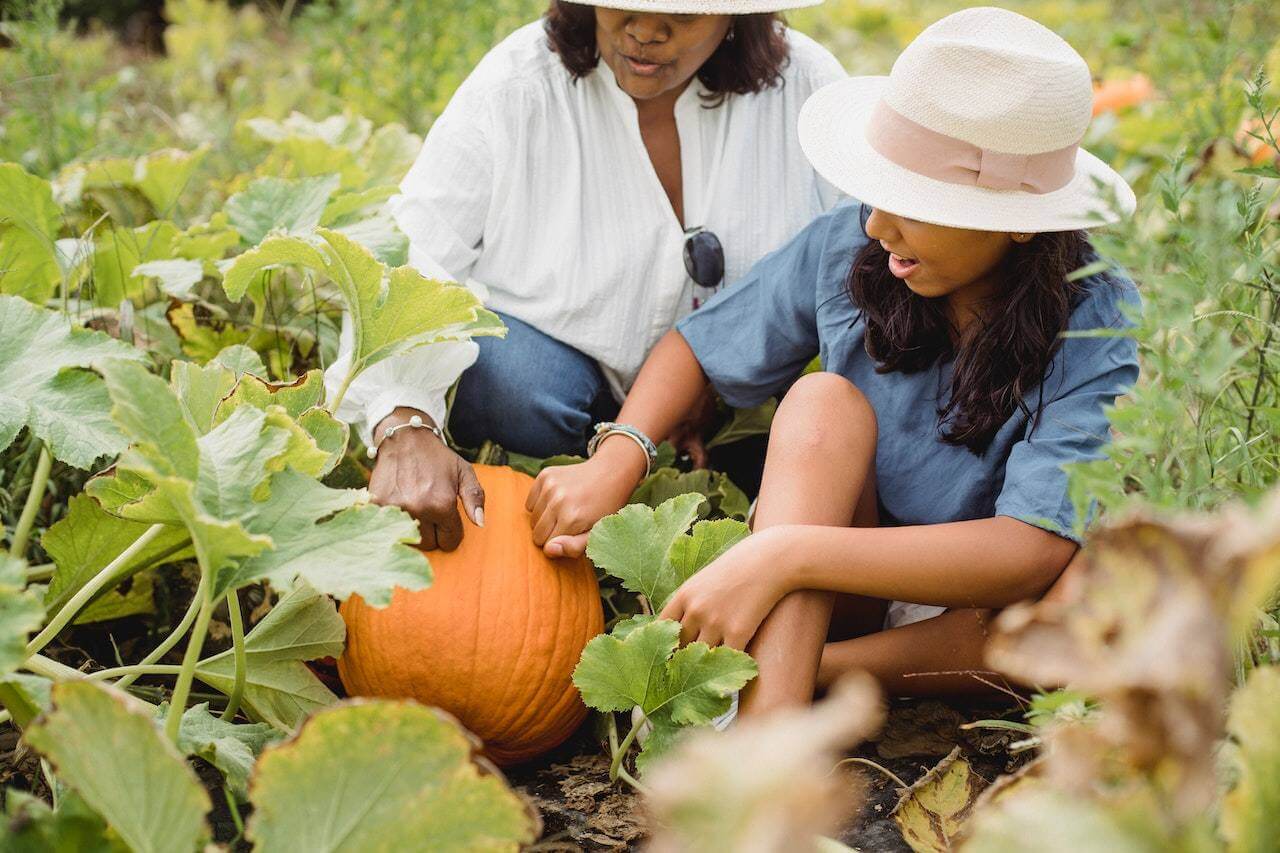
8 Delicious Ways to Eat Pumpkin Seeds
Pumpkin seeds are incredibly versatile and can elevate the flavor and nutrition of your meals and snacks. Here are eight delectable ways to enjoy these nutritious seeds:
- Have them as a snack
Pumpkin seeds make for a satisfying and healthy snack. Simply roast them with a touch of olive oil and your favorite seasonings, or enjoy them raw for a quick energy boost.
- Garnish your favorite dishes
Sprinkle pumpkin seeds over salads, soups, yogurt, or oatmeal. Their nutty crunch adds a delightful crispy texture and flavor contrast to your dishes.
- Cook or roast the seeds
While pumpkin seeds can be eaten raw or roasted, many people enjoy the crispy taste of roasted seeds. After scooping out the seeds from a fresh whole pumpkin, rinse them in a colander and dry them. Then, roast them in the oven on a baking sheet with a pinch of sea salt, olive oil, or melted butter. This homemade treat is a seasonal favorite you’ll love year-round.
- Add it to your smoothies
Boost the nutrition of your morning smoothie by blending in a handful of pumpkin seeds. They add creaminess and a subtle nutty flavor while providing extra protein and healthy fats.
- Make pumpkin seed butter
Create your own pumpkin seed butter by blending roasted pumpkin seeds until smooth. Spread it on toast, use it as a dip, or drizzle it over pancakes and waffles.
- Eat them with or without the shell
Both shelled pumpkin seeds or seeds with the shell are available. You’ll find seeds with a shell inside of a whole pumpkin. The shell is entirely edible, adding a rustic, hearty crunch to your snacks and meals. Choose the option that suits your preference.
- Incorporate them into baked goods
Add pumpkin seeds to muffins, bread, granola bars, or cookies for an extra layer of flavor, texture, and nutrition.
- Make a healthy trail mix
Mix pumpkin seeds with your favorite nuts, dried fruits, and dark chocolate for a wholesome trail mix perfect for on-the-go snacking.
Pumpkin Seed Recipes You Need to Try
You have to try these recipes in which pumpkin seeds are the star! Enhanced with the goodness of pumpkin seeds, these dishes present a delightful fusion of flavors to satisfy your taste buds.
- Salmon and Broccoli with Pumpkin Seed Pesto
- Grilled Vegetable Salad with Avocado Cilantro Lime Dressing
- Herby Avocado Hummus
- Overnight Oats with Cashews, Seeds, and Turmeric
Learn More About Healthy Nutrition with Signos’ Expert Advice
Signos is a great resource for expert advice on nutrition and healthy eating. Signos has a team of registered dietitians who compile evidence-based nutrition information to help you improve your health and wellness. Check out the resources here.
Signos CGM empowers you to improve your health by keeping track of your diet, exercise, sleep habits, and blood sugar. Knowledge is power, and a CGM can give you specific information about how your habits affect your health.
Find out if Signos is a good fit for you by taking a quick quiz.
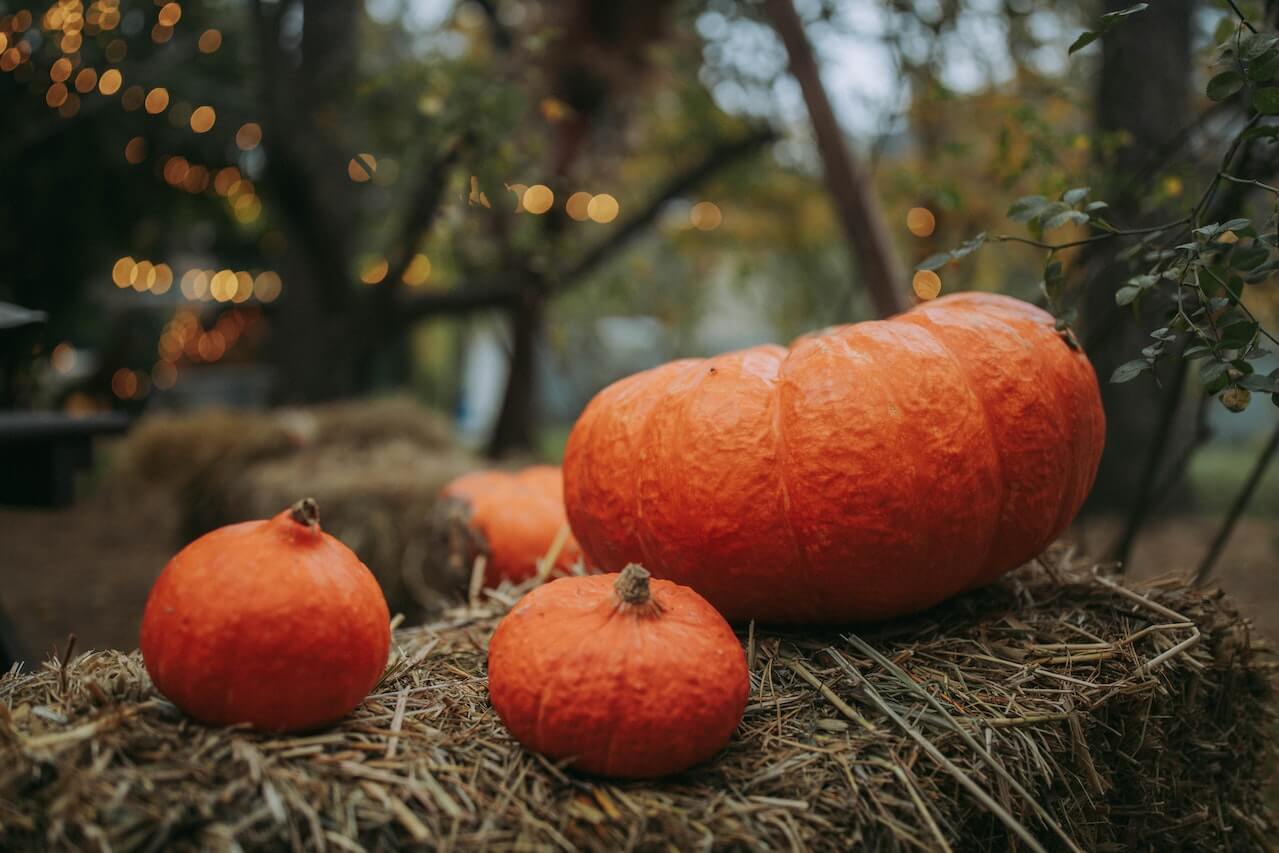
Frequently Asked Questions:
Can we eat pumpkin seeds directly?
Yes, you can eat pumpkin seeds directly, either raw or roasted. They make a nutritious and convenient snack.
Is it OK to eat the pumpkin seed shells?
Yes, pumpkin seed shells are edible and contain added fiber. Many people enjoy them, but you can remove the shells.
Is it better to eat pumpkin seeds raw?
Both raw and roasted pumpkin seeds are nutritious. Roasting them can enhance their flavor and crunchiness.
Should I chew or swallow pumpkin seeds?
Chewing pumpkin seeds thoroughly is best to maximize digestion and nutrient absorption. Chewing also helps break down any tough seed shells.
- Item 1
- Item 2
- item 3
Topics discussed in this article:
References
- OTT, C. (2012). Pumpkin: The Curious History of an American Icon. University of Washington Press. http://www.jstor.org/stable/j.ctvcwnrhv
- U.S. Department of Agriculture, Agricultural Research Service. FoodData Central, 2019. fdc.nal.usda.gov. https://fdc.nal.usda.gov/fdc-app.html#/food-details/170556/nutrients
- Wong, A., Viola, D., Bergen, D., Caulfield, E., Mehrabani, J., & Figueroa, A. (2019). The effects of pumpkin seed oil supplementation on arterial hemodynamics, stiffness and cardiac autonomic function in postmenopausal women. Complementary therapies in clinical practice, 37, 23–26. https://doi.org/10.1016/j.ctcp.2019.08.003
- Cândido, F. G., de Oliveira, F. C. E., Lima, M. F. C., Pinto, C. A., da Silva, L. L., Martino, H. S. D., Dos Santos, M. H., & Alfenas, R. C. G. (2018). Addition of pooled pumpkin seed to mixed meals reduced postprandial glycemia: a randomized placebo-controlled clinical trial. Nutrition research (New York, N.Y.), 56, 90–97. https://doi.org/10.1016/j.nutres.2018.04.015
- Makni, M., Fetoui, H., Gargouri, N. K., Garoui, elM., & Zeghal, N. (2011). Antidiabetic effect of flax and pumpkin seed mixture powder: effect on hyperlipidemia and antioxidant status in alloxan diabetic rats. Journal of diabetes and its complications, 25(5), 339–345. https://doi.org/10.1016/j.jdiacomp.2010.09.001
- Damiano, R., Cai, T., Fornara, P., Franzese, C. A., Leonardi, R., & Mirone, V. (2016). The role of Cucurbita pepo in the management of patients affected by lower urinary tract symptoms due to benign prostatic hyperplasia: A narrative review. Archivio italiano di urologia, andrologia : organo ufficiale [di] Societa italiana di ecografia urologica e nefrologica, 88(2), 136–143. https://doi.org/10.4081/aiua.2016.2.136
- Nishimura, M., Ohkawara, T., Sato, H., Takeda, H., & Nishihira, J. (2014). Pumpkin Seed Oil Extracted From Cucurbita maxima Improves Urinary Disorder in Human Overactive Bladder. Journal of traditional and complementary medicine, 4(1), 72–74. https://doi.org/10.4103/2225-4110.124355
- Peng, M., Lu, D., Liu, J., Jiang, B., & Chen, J. (2021). Effect of Roasting on the Antioxidant Activity, Phenolic Composition, and Nutritional Quality of Pumpkin (Cucurbita pepo L.) Seeds. Frontiers in nutrition, 8, 647354. https://doi.org/10.3389/fnut.2021.647354

